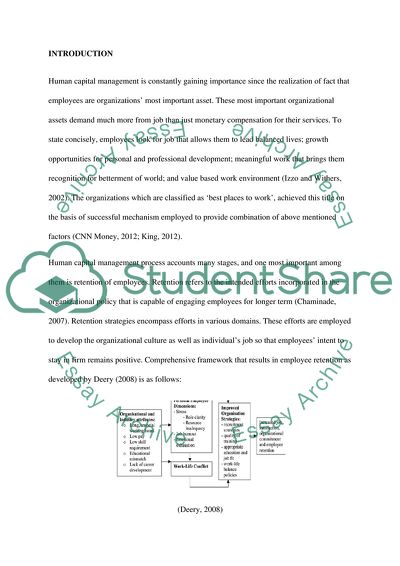Cite this document
(Employee Retention Research Paper Example | Topics and Well Written Essays - 2250 words, n.d.)
Employee Retention Research Paper Example | Topics and Well Written Essays - 2250 words. Retrieved from https://studentshare.org/human-resources/1785621-human-resource-management-employee-retention-specifically-the-positive-role-learning-and-development-programs-have-had-on-decreasing-turnover
Employee Retention Research Paper Example | Topics and Well Written Essays - 2250 words. Retrieved from https://studentshare.org/human-resources/1785621-human-resource-management-employee-retention-specifically-the-positive-role-learning-and-development-programs-have-had-on-decreasing-turnover
(Employee Retention Research Paper Example | Topics and Well Written Essays - 2250 Words)
Employee Retention Research Paper Example | Topics and Well Written Essays - 2250 Words. https://studentshare.org/human-resources/1785621-human-resource-management-employee-retention-specifically-the-positive-role-learning-and-development-programs-have-had-on-decreasing-turnover.
Employee Retention Research Paper Example | Topics and Well Written Essays - 2250 Words. https://studentshare.org/human-resources/1785621-human-resource-management-employee-retention-specifically-the-positive-role-learning-and-development-programs-have-had-on-decreasing-turnover.
“Employee Retention Research Paper Example | Topics and Well Written Essays - 2250 Words”, n.d. https://studentshare.org/human-resources/1785621-human-resource-management-employee-retention-specifically-the-positive-role-learning-and-development-programs-have-had-on-decreasing-turnover.


